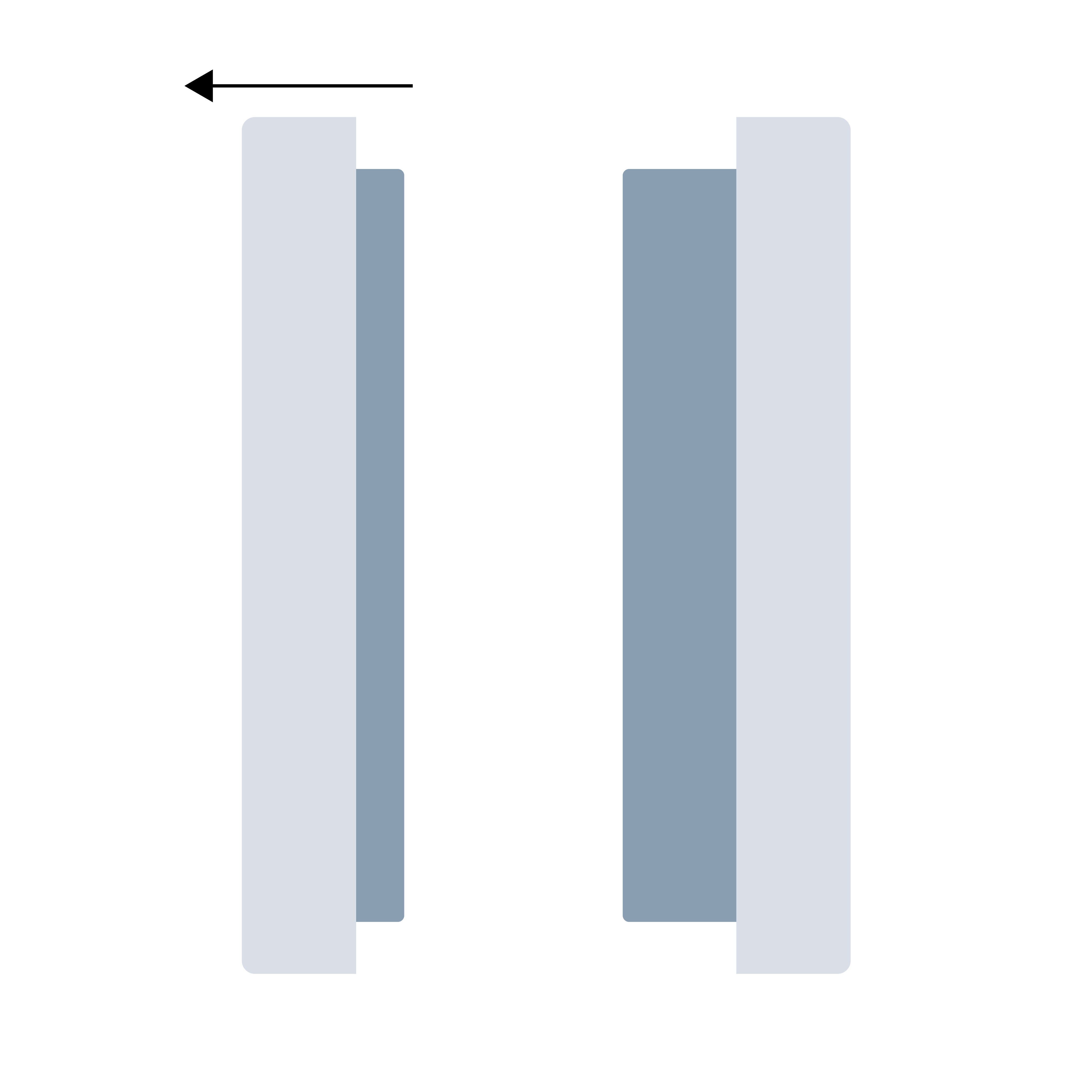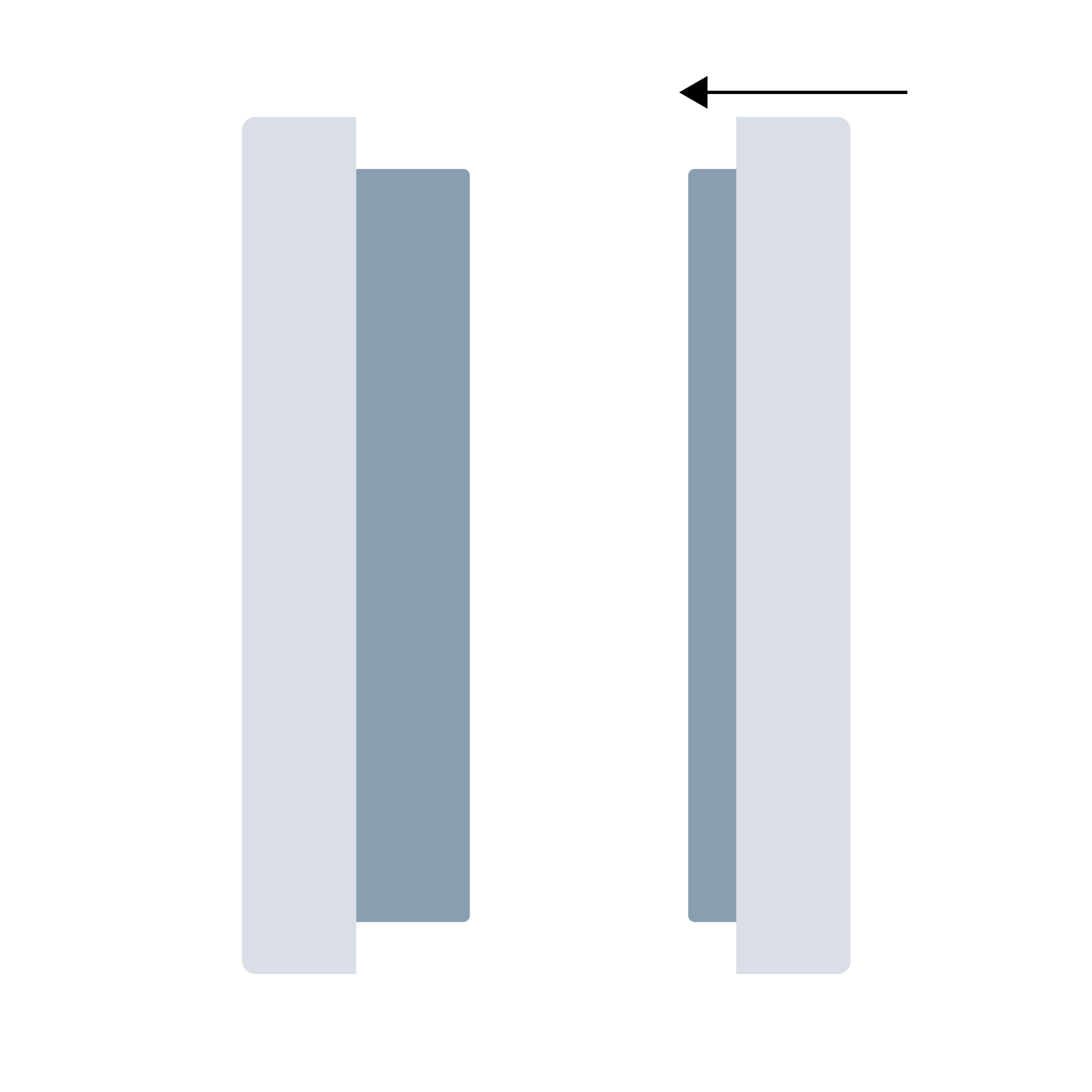Resource Highlights
In this article, leading braking manufacturer, Delphi, provides a useful guide to the types of wear, causes, basic remedial actions and more in-depth installation advice.

The ability to distinguish between different types of brake pad wear is an important skill for any technician. It will help pinpoint possible causes and streamline diagnosis, saving you and your customer time and money, and ensuring a more accurate repair. Here, leading braking manufacturer, Delphi, provides a useful guide to the types of wear, causes, basic remedial actions and more in-depth installation advice.
Even Wear: Although your customers might not agree, even wear across both the inside and outside pads on each wheel is positive – it shows that the brake system has been functioning correctly. In this instance, replace the pads and hardware and service the caliper guide pins and slides.

Outer Pad Wear: If the outside pad is worn more than the inside one, the mounting hardware is causing the caliper to seize. Consequently, the caliper will not be able to fully retract the pad from the disc, creating friction even when the brakes aren’t applied. This type of wear is typically caused by seized sliders, guide pins and dry bolts and can be corrected by servicing the mounting hardware, lubricating the sliders and replacing the pads.

Inner Pad Wear: If the inside pad is worn more than the outside one, it is likely that the caliper piston is hanging up and not returning to its rest position. This could be caused by damage or corrosion to the caliper or an issue with the master cylinder. To correct, service or replace the caliper hardware, inspect the caliper for damage to the guide pin hole or piston boot, replacing if needed, check the hydraulic brake system for any residual pressure and replace the pads.

Tapered Pad Wear: If the friction material is worn in a wedge pattern, horizontally or vertically, it’s a good indication that the pad has not been installed correctly. Worn guide pins and a seized caliper slider on one side of the pad can also cause this. To resolve it, service or replace the caliper hardware, lubricate the sliders and replace the brake pads. This can also happen on dual piston, 4 piston and 6 piston calipers where the internal drillings for pressure equalisation are blocked.

Glazed Wear or Cracked Pads: A glazed or cracked pad with lifted edges will shows signs of physical damage and/or thermal distress to the friction material and can signify several problems, usually brought about by excessive heat in the brake system. The most common causes are overuse, improper break-in of new pads, seized calipers, a faulty pad or a parking brake that is not fully retracted. To remedy, simply replace and bed-in the pad and adjust the parking brake if needed.

Overlapping Pad Wear: This happens when the top edge of the pad overlaps the top of the disc. Commons causes include installing the wrong pads or discs on the vehicle or excessive wear to the guide pins, caliper or caliper bracket. To prevent overlapping wear, fit the correct type of pads and discs.

Of course, one of the best ways to prevent excessive wear is by using a pad that is manufactured to the same standards of performance and longevity as the OE. Delphi pads use over 130 different friction ingredients and 20 unique formulations for the best match of pad to vehicle and feature OE noise-absorbing underlayer technology, chamfers and shims.
SIGN UP TO FIND MORE
Fill up your details to hear more from our experts and get the latest updates from Delphi.



